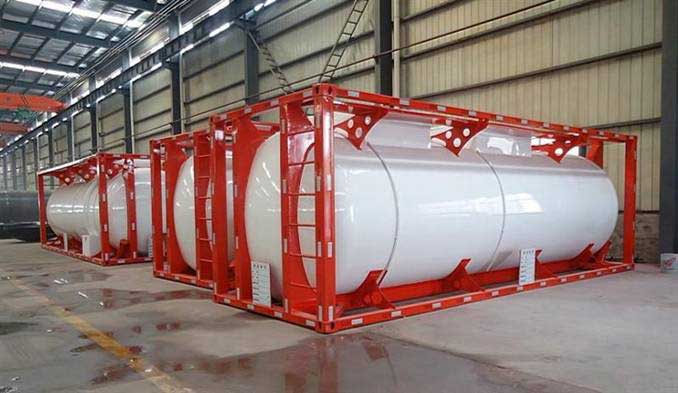Water tanks have already been applied even in early civilizations for consuming, washing, and irrigation. These tanks are employed as storage for rainwater harvesting. Old-fashioned water tanks are often located beside granaries, similar storage containers for grains. There’s also water tanks named sumps, which are accustomed to acquire water with unwelcome toxins; sumps may also be for radioactive water containment Here.
Chemical tanks on average include perhaps hazardous minerals. These tanks are often designed with machinery for pairing organic components to create substance products. These are made with solid materials-often levels of them-to keep carefully the chemicals from escaping and regulating how much air is vented out.
Water and substance tanks likewise range in sizes. Some are only as small as tanks that clear in to hot-and-cold water dispensers, and there are these as huge as a farm ton or a house. The large ones are for industrial purposes.
There are numerous forms of material rises that include multifarious components handled in variable ways. These treatments produce these rises more desirable and reliable for various purposes. Additionally they enjoy an essential role because they affect the efficiency of the springs.
A lot of the material rises are made from iron based alloys that contains about 10% of chromium material in it. The forming of the oxide covering on the surface of the spring along with the current presence of chromium material prevents the material spring from rusting. The reduction of rust on rises is one of the most crucial aspects in the perspective of manufacturing. This is because it provides durability, longevity and protection when the spring is applied to various purposes and machineries.
The ferric and austenitic material types are difficult to harden notwithstanding applying traditional temperature treatments. In such cases, the physical power of material rises is acquired by the procedure of cool working. It is famous that the austenitic form of material is really a greater choice if higher power is desired.
That material efficiently reacts to cool work in comparison with the ferric type. The material rises that are produced from austenitic type comprise of 15 to 30 per cent of chromium and 2% nickel. Such kinds of rises have reduced yield power, but considerably a high level of impact strength.
Austenitic material rises include nitrogen and manganese material. These components are very powerful that they support reduce rusting. An austenitic material spring isn’t suffering from heat. It’s frequently utilized in home devices, elements in cookware and automotive trim due to its non magnetic properties.
Ferric steelsprings consists titanium, niobium and about 10 – 20 % chromium in them. Generally, these rises are quite strong in character; nevertheless, they may be susceptible to breakdowns under decrease temperatures. Ferric rises are magnetic by nature and are considerably tolerant to oxidization and corrosion. They are applied to purposes like heated water tanks and vehicle fatigue systems.
Stainlesssteel rises have several applications. They are many generally applied to produce material swords which are employed for stage combat. That material works well due to its resistance to breaking or snapping. These rises are accustomed to produce knife slots, films and automotive wheel covers. They are also applied in different popular purposes like layer surfaces, monitor frames, range element films, toaster rises, and high way trailer components.
